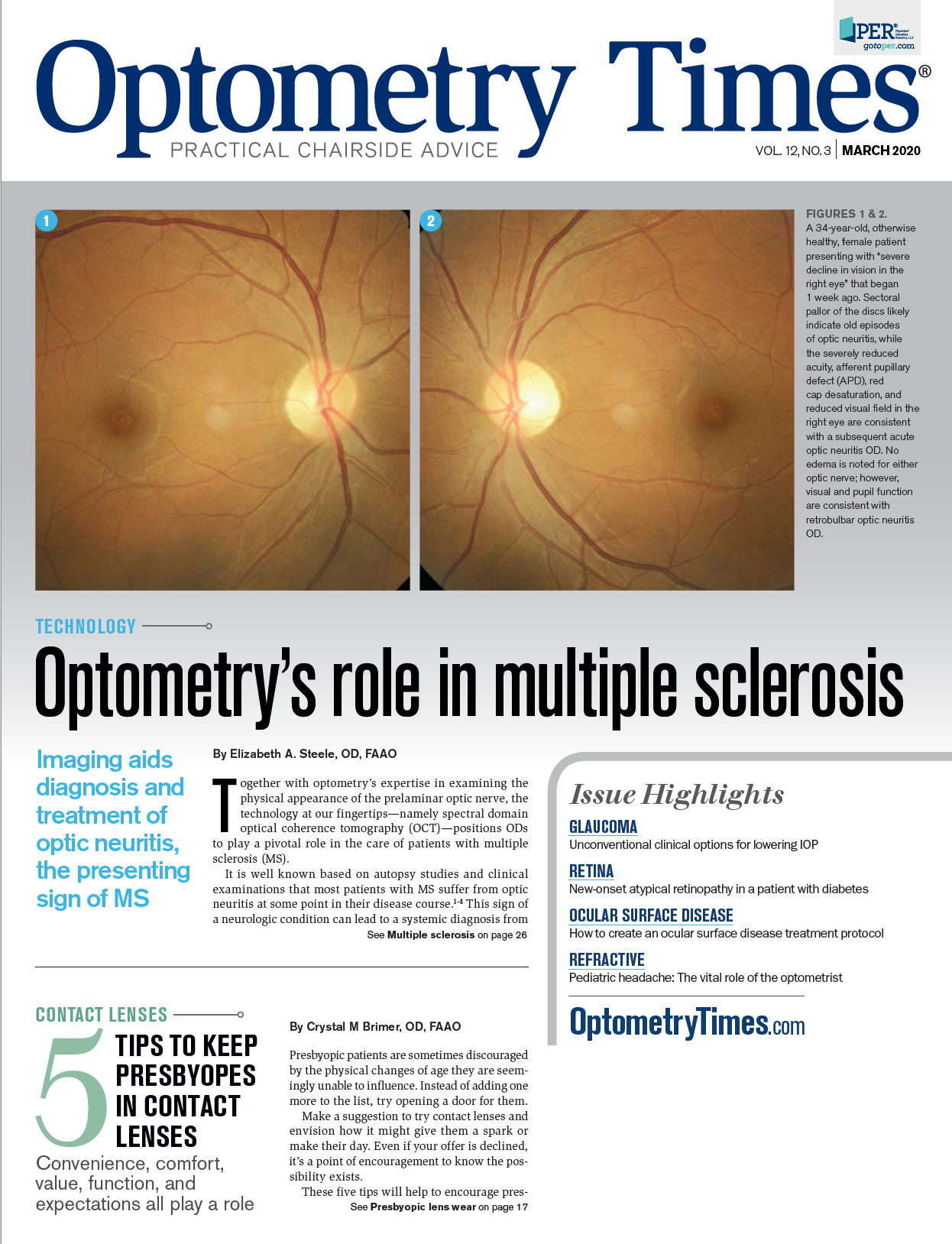New guidelines out for diabetes patient care


Going to St. Louis, MO, for a couple of days in the dead of winter is not at the top of the to-do list for this Georgia boy. Nothing against St. Louis. I love that city. But, why should I travel there in January? There’s a long response but the easy answer is this: To see some of my favorite colleagues and continue an endeavor that I believe is very important to our profession and to our patients.
For the last several years I have served on the American Optometric Association’s (AOA) Evidence Based Optometry Committee. It is a group of incredibly bright and forward-thinking ODs and AOA staff who I am proud and honored to be a part of.
Eye Care of the Patient with Diabetes Mellitus, Second Edition1 has just been published, and it is already getting praise from inside the profession as well as from other professions. The document already has international acceptance. These guidelines are a multidisciplinary professional effort, and we work with people in prestigious academic and clinical institutions, such as the Joslin Diabetes Center affiliated with Harvard Medical School.
Guideline creation
Creating clinical practice guidelines takes considerable time and effort. The multistep process includes reading scientific publications-hundreds of papers-and a rigorous articulation of evidence and its quality (or lack thereof). The process is tedious and requires a great deal of work because, by definition, it has to. Simply put, if you’re going to call a publication an evidence-based guideline, then it must be rooted in evidence, which you can’t just pick and choose.
We are currently working on a guideline for primary open-angle glaucoma and are in the process of reading, grading, and articulating our evidence. Because glaucoma is a significant portion of my clinical life, helping to create this guideline is especially rewarding, and I have updated aspects of glaucoma care in my office just from being a part of this process.
The diabetes guideline is well over 100 pages long, but I would urge you to read it. Upon reading, I was surprised by how much useful contemporary information I had not ingested recently, and I am going to be on the lookout for more as advancements in diabetes continue.
That brings me to another point: these guidelines are updated periodically. So, in a way, they are never really complete.
I am not aware of a harder working group of ODs out there, and, by being a part of this committee, I am grateful to be inspired by such bright minds. Plus, I’m incredibly fortunate to be able to call these people my friends.
See our most recent publications in the AOA’s online resource center.1 Take a moment to spread the word both inside and outside of the profession. We are proud to serve you.
References:
1. American Optometric Association. Evidence-based Clinical Practice Guideline Eye Care of the Patient with Diabetes Mellitus, Second Edition. Available at: http://aoa.uberflip.com/i/1183026-evidence-based-clinical-practice-guideline-eye-care-of-the-patient-with-diabetes-mellitus-second-edition/0?m4=. Accessed 2/5/20.

Newsletter
Want more insights like this? Subscribe to Optometry Times and get clinical pearls and practice tips delivered straight to your inbox.